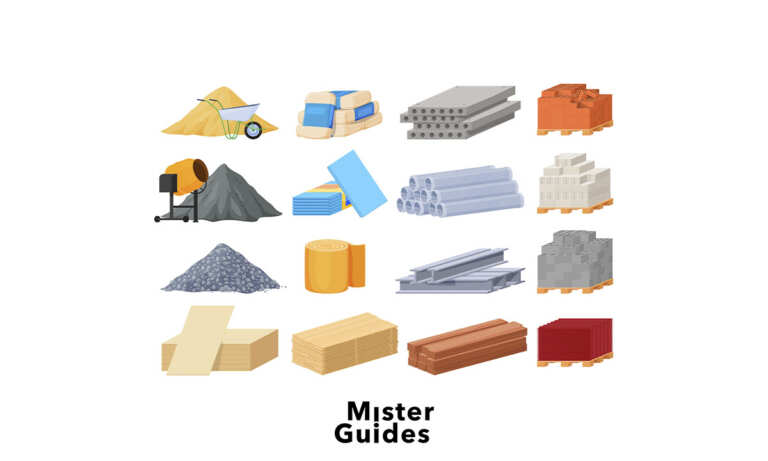Control over your company’s management tools should be your priority. Being a business leader can be stressful, and you will often have to delegate tasks. To people as to different platforms. Don’t be afraid of needing extra help.
The University of Cambridge provides an excellent online course on project management. It is an essential investment for business owners. If you want to get into the subject, keep reading. We will guide you to know the most successful business management tools.
Management tools: benchmarking
Benchmarking is among the most critical management tools for your company to function competitively. You should evaluate the company and modify it according to the information obtained from the competition.
To achieve this, you must inform yourself enough about the field. Constantly evaluate it, considering its products and the services it offers.
It would help if you understood those companies as inspiration and avoided considering them to be the best in the market. It will be challenging, but you must thoroughly scan what they present and evaluate their strategies.
You can take it to another level and get closer to the company. Ask to interview their employees, buy their services or meet with the managers. You must prioritize to know the company in detail and adapt the information obtained for your brand.
Downsizing
Downsizing consists of reorganizing the different work levels, structures, and small groups. The idea is to function in the most productive way possible.
This management tool appears in various companies. It requires a lot of introspection and internal analysis to identify possible changes. It will aim to eliminate the less effective departments.
It is well-known that downsizing is a tool that must be used wisely and after due field study. It has often not worked and has put the company in check. It is a complex movement, but it is very productive if it is well done.
Joint Venture
The tool called joint venture is more common than you think. It may arise in small enterprises without wanting it or looking for it. It is the result of the union of entrepreneurs. Science has proven that the association of different companies could enhance their productivity. Many times, it is about socializing information between them. Also, provide services or add acquaintances to the list of contacts.
You will be able to delegate responsibilities, share risks and discomforts, and increase productivity. Above all, work as a team. Start by making calls or sending messages to neighboring companies, and others will associate themselves.
TQM
Quality control, known as TQM, is a motto for some companies. This management tool axis points towards continuous improvement. It consists of the necessary reflection to identify what needs improvement.
The T.Q.M must frequently occur, becoming an everyday worry for your company. Many people think that this term refers to giant and structural changes. However, It can refer to small daily steps on the road to wealth.
All companies must be good enough for their customers. Consider eliminating what you already have in quantity (for example, certain supplies). Also, point to better suppliers, train your employees, and bet on profitability.
BPR
BPR is a management tool for those who are not afraid of change. Better known as process reengineering, it refers to radical transformations. It commits to a noticeable and rapid improvement in the company.
The focus should be on the critical and essential points. For example, customer service and product prices can be a good start. Some believe the BPR decision is always productive and has satisfactory results. If it fails, the problem lies within the hotspots.
You should be aware that specific strategies could fail. For example, regularly rolling out new products is not recommended. Another wrong approach is to switch industries unexpectedly or sell completely different services.
BSC
To implement the BSC, you must have enough means to invest in measurement software. Better known as a balanced scorecard, implementing a platform that evaluates the work done is a way to manifest it. It has exciting advantages, such as focusing on the company’s goals (long and short-term).
For this evaluation, you should consider some key aspects. In them, you can find customer service, entry and exit of products, and the number of suppliers. The idea is to monitor productivity and make changes if necessary.
As you may have already noticed, the ability to reflect and introspect is essential for a company. When investing in the management tool, the person in charge must evaluate which aspects need more attention and resources. Experts in the market must analyze the results of the studies.
Empowerment
Empowerment consists of the delegation of tasks to employees with lower ranks. For this, you must have previously trained them. Thus, you can trust them enough to take on more pretentious jobs.
For the proper use of this tool, employees must obtain constant information about their position. Also, you must provide feedback and necessary resources. Improving is an employee’s responsibility, but we should sufficiently educate our team as employers.
It is essential to fully trust your employees and what they have to offer you. You must be willing to go through difficult conversations and moments and know when to say goodbye. It will have optimal results for your company.
Business management tools can be handy to position your company in the best competitive standards. Many of them will require you to get out of your comfort zone, but they are worth it. Dare to implement them and enhance your company.




